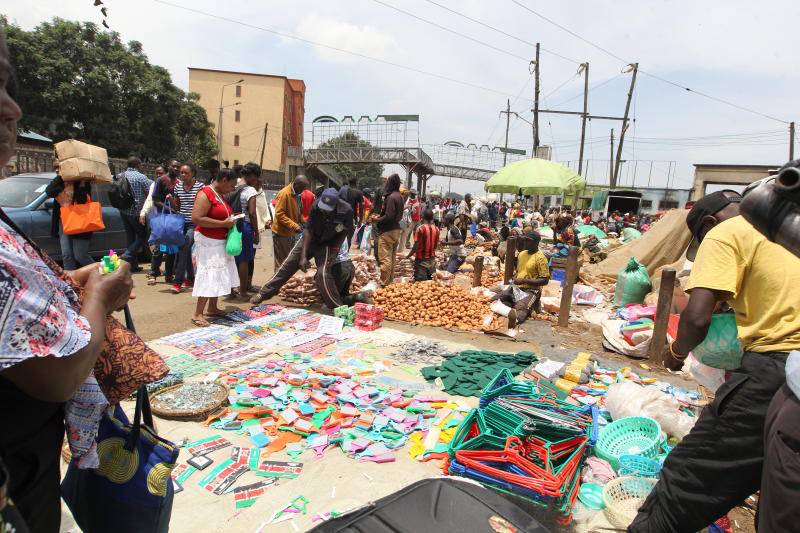×
The Standard e-Paper
Read Offline Anywhere

The smell of Wakulima Market hits you before you actually see it. It announces itself with a stench that assaults your nostrils as you set foot in Nairobi’s most important fresh produce market.
Once you are in the market, the stench is almost unbearable.